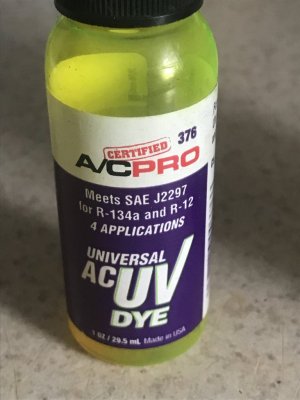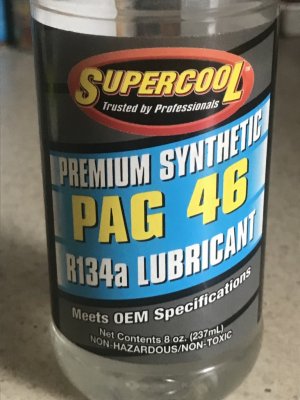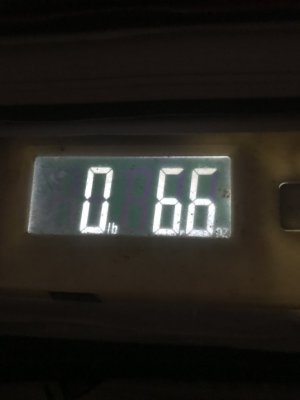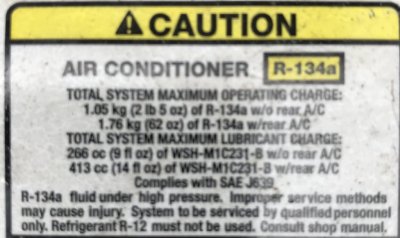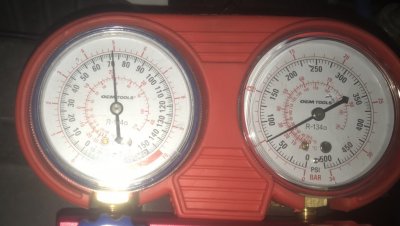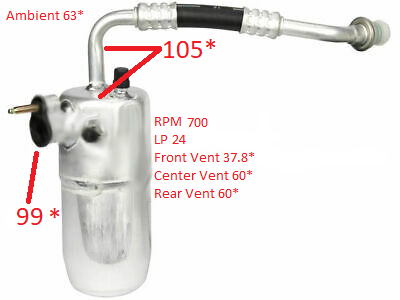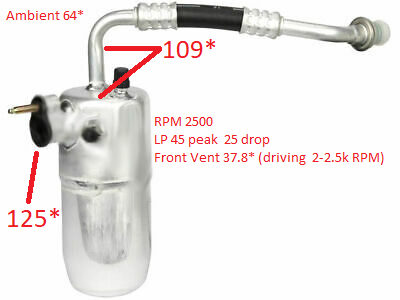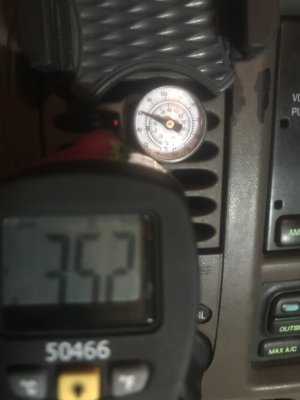stamp11127
Full Access Members
Static indicates charge is just a tad low which is fine. That is what we want. At 69 degrees it should be 3-4 psi above ambient temp.
Don't do anything yet because this is a good one to think about since you don't have a recovery machine. If you did it would be real easy. We'd just suck it back out, note how much oil came with it and put back to specs.
The PAG oil used should have been PAG46.
I'll look at my 99 today and see if it is possible to install the orifice tube backwards.
Don't do anything yet because this is a good one to think about since you don't have a recovery machine. If you did it would be real easy. We'd just suck it back out, note how much oil came with it and put back to specs.
The PAG oil used should have been PAG46.
I'll look at my 99 today and see if it is possible to install the orifice tube backwards.
Last edited:


